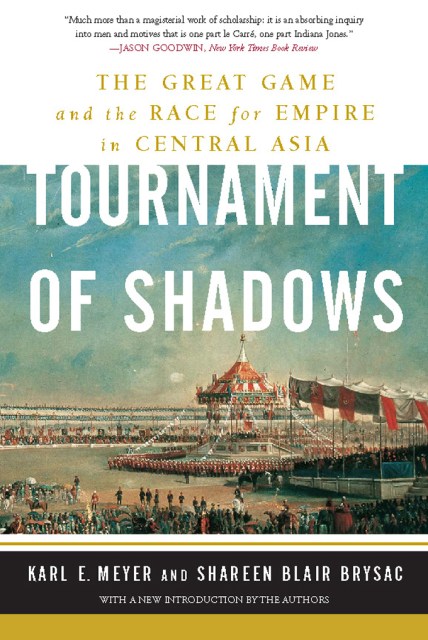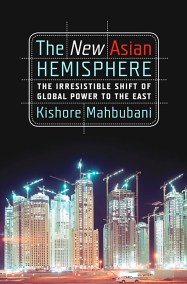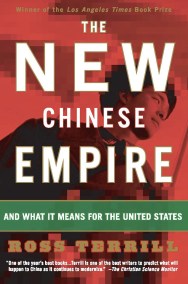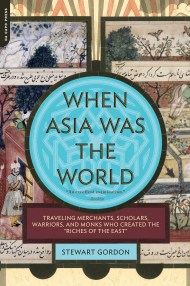Promotion
Use code MOM24 for 20% off site wide + free shipping over $45
Tournament of Shadows
The Great Game and the Race for Empire in Central Asia
Contributors
By Shareen Blair Brysac
Formats and Prices
Price
$16.99Price
$21.99 CADFormat
Format:
- ebook $16.99 $21.99 CAD
- Trade Paperback $30.99 $39.99 CAD
This item is a preorder. Your payment method will be charged immediately, and the product is expected to ship on or around March 17, 2009. This date is subject to change due to shipping delays beyond our control.
Also available from:
From the romantic conflicts of the Victorian Great Game to the war-torn history of the region in recent decades, Tournament of Shadows traces the struggle for control of Central Asia and Tibet from the 1830s to the present. The original Great Game, the clandestine struggle between Russia and Britain for mastery of Central Asia, has long been regarded as one of the greatest geopolitical conflicts in history. Many believed that control of the vast Eurasian heartland was the key to world dominion. The original Great Game ended with the Russian Revolution, but the geopolitical struggles in Central Asia continue to the present day. In this updated edition, the authors reflect on Central Asia’s history since the end of the Russo-Afghan war, and particularly in the wake of 9/11.
Genre:
- On Sale
- Mar 17, 2009
- Page Count
- 704 pages
- Publisher
- Basic Books
- ISBN-13
- 9780786736782
Newsletter Signup
By clicking ‘Sign Up,’ I acknowledge that I have read and agree to Hachette Book Group’s Privacy Policy and Terms of Use







